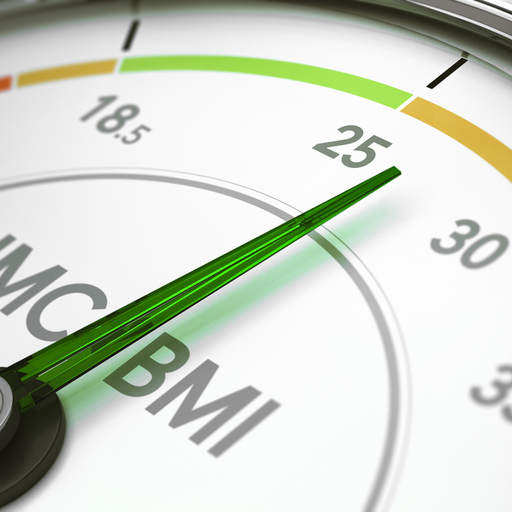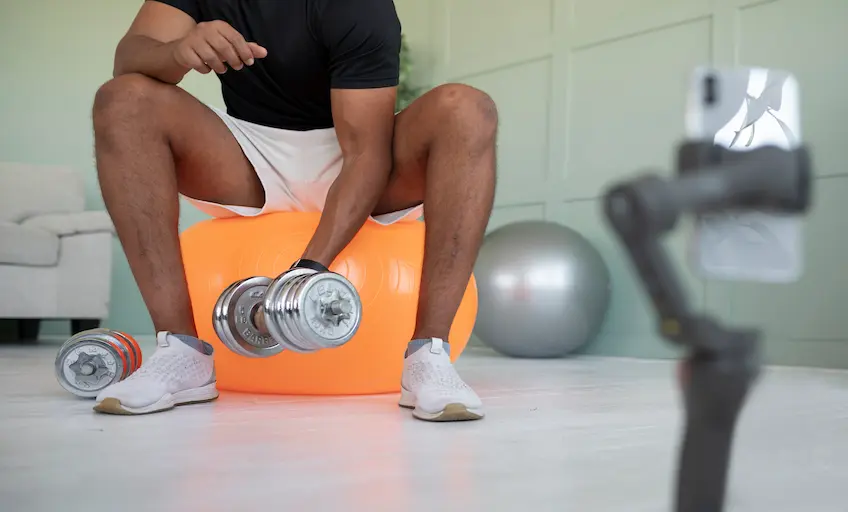Flexibility is the ability of the muscles and joints in your body to move around with ease and without restrictions or pain.
What you should know:
Benefits of flexibility
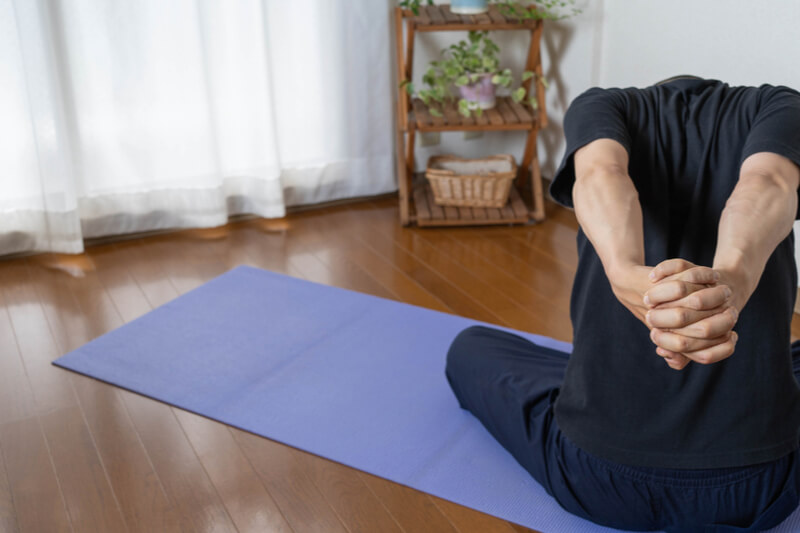
Regular tasks, fitness and athletics require a range of motion and stretching without risking the wear and tear of muscles. Hence, it is essential to stay flexible, which has benefits aplenty. Flexibility training can improve posture, reduce the risk of injury, and enhance joint range of motion. Especially necessary as you grow old, it also helps strengthen your lower back, and release muscle tension and soreness.
Yoga postures to improve your flexibility
Try these 4 yoga postures to become flexible.
- Cat-Cow
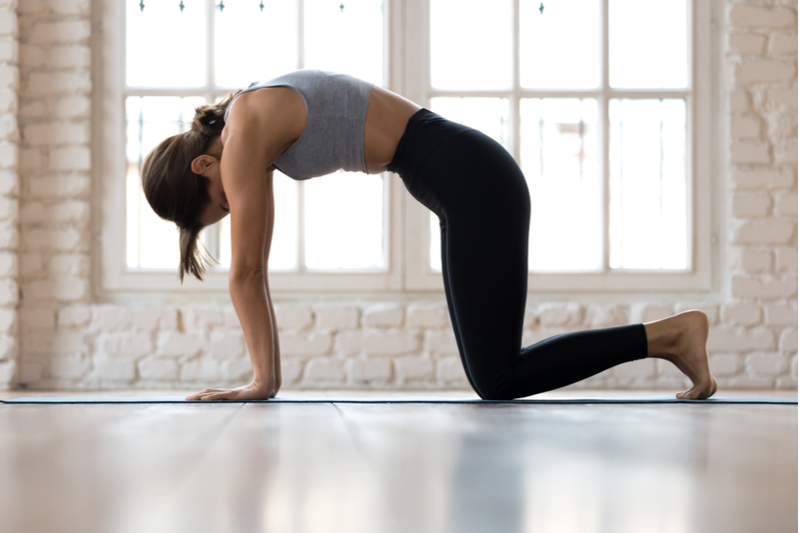
This yoga posture opens up your spine and core. Start on all fours with your wrists underneath your shoulders and knees stacked under your hips. Inhale and arch back towards the sky. Then, slowly exhale and round your back, allowing your head to drop. Ensure that you feel the stretch.
2. Forward Fold
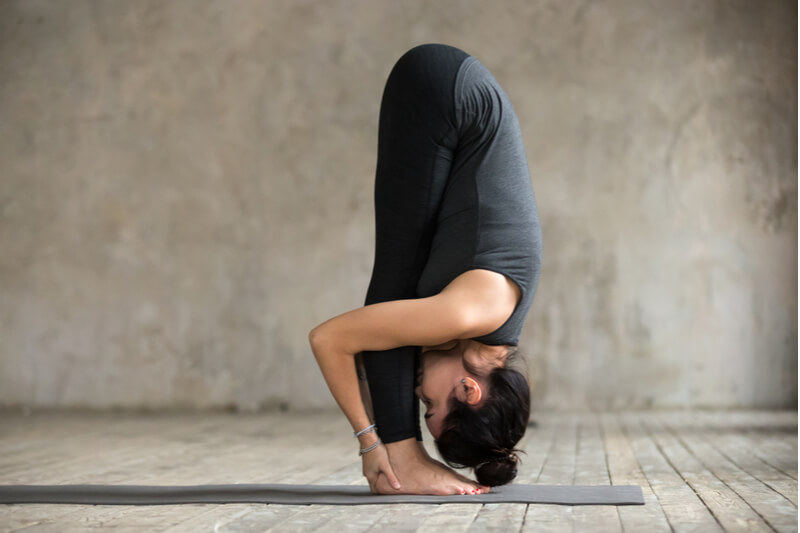
Stand straight with your feet together and bend forward. Lengthen your legs as much as possible, bring your head to your knees and try to touch your toes. If you are a beginner, you can slightly bend your knees or even use a yoga block to achieve this.
3. Seated Torso Stretch
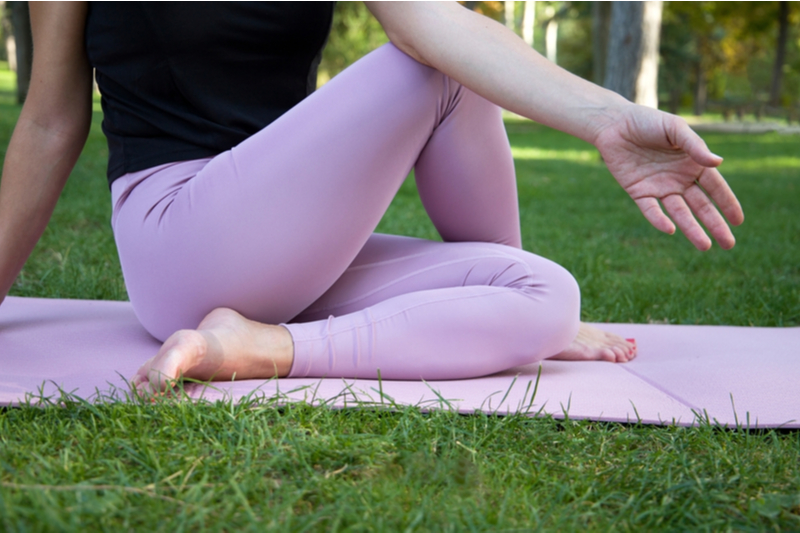
Sit on the ground with your left leg extended and your right leg crossed over your left leg, firmly placed on the floor. Now twist your torso towards the right using your left hand over your right thigh for assistance and to get a good stretch.
4. Figure-Four Stretch
To release tension off your hips and glutes, lie down on the ground with your knees bent and feet flat. As you bring your right ankle to your left knee, bring your left leg towards your chest and feel a stretch in your hips and glutes. Repeat this on the other leg.
How to improve your flexibility?
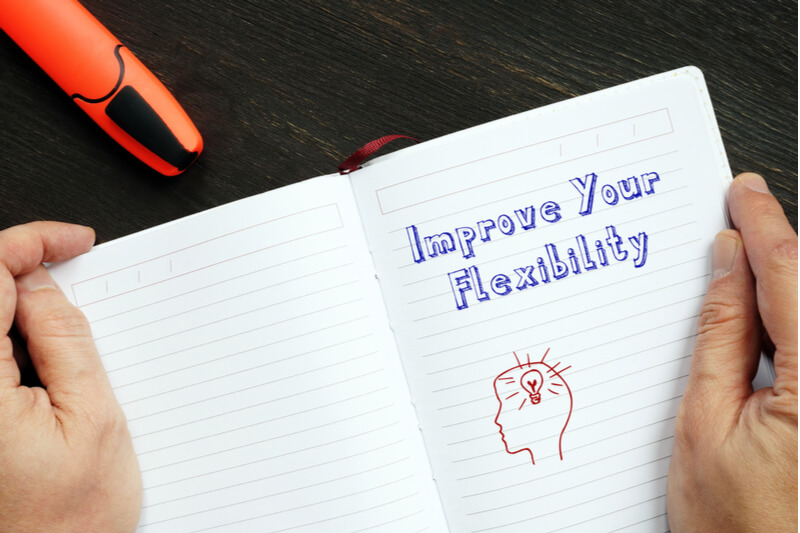
Take a look at how you can improve your flexibility:
- Pay attention to your body. Notice which parts of your body move easily and which parts cause a strain. The most common areas of tightness are the neck, shoulders, and hamstrings owing to the hours we spent sitting.
- A good posture makes all the difference. Whether you are studying, texting, driving, working on your laptop or even sitting, if your head is in front of your body, your back is slouching, and your shoulders are rounded forward, then your muscles are in an unnatural position. Start by simply sitting straight with your backbone aligned to the back of your head, with your ears stacked over your shoulders.
- Stretch before or after exercising. Practices like yoga, pilates, and dancing can also enhance your flexibility. You can even do simple stretches while taking a break from work.
- There is no specific time for stretching. You can stretch either early in the morning or before you sleep at night. However, the key to achieving, sustaining, and improving flexibility is to remain consistent.
At any moment, if you feel any discomfort, then stop immediately. To lead a healthy standard of life, find out more fitness and mindfulness-related information on our Activ Living Page.





 1800-270-7000
1800-270-7000


